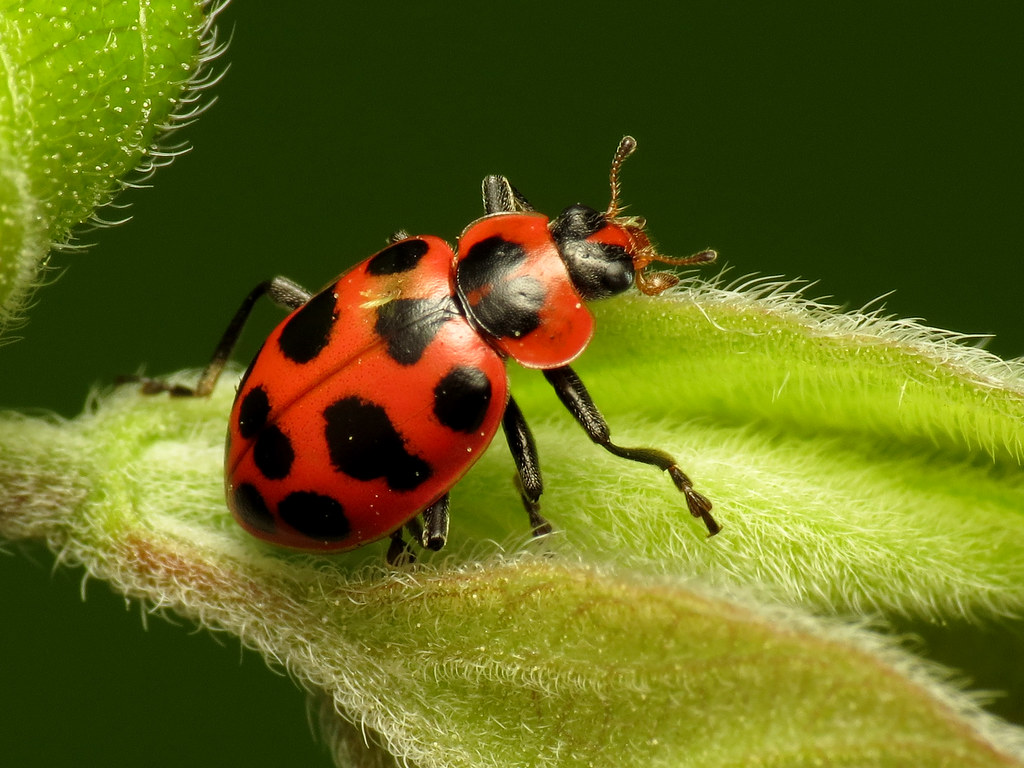The Unwelcome Guest in Your Home
You know that moment when you walk into a room and catch a whiff of something that makes your nose wrinkle? It’s not quite rotting food, not exactly a dead mouse, but something distinctly… off. You search everywhere – checking under furniture, behind appliances, even wondering if something died in your walls. But the culprit might be much smaller and more colorful than you’d expect.
That mysterious odor could be coming from tiny invaders that have made themselves comfortable in your window frames, door jambs, and wall crevices. These uninvited guests are lady beetles, and they’re armed with one of nature’s most potent chemical defense systems. When threatened or disturbed, these seemingly innocent creatures release a pungent fluid that can turn your cozy home into an olfactory nightmare.
The Science Behind the Stink
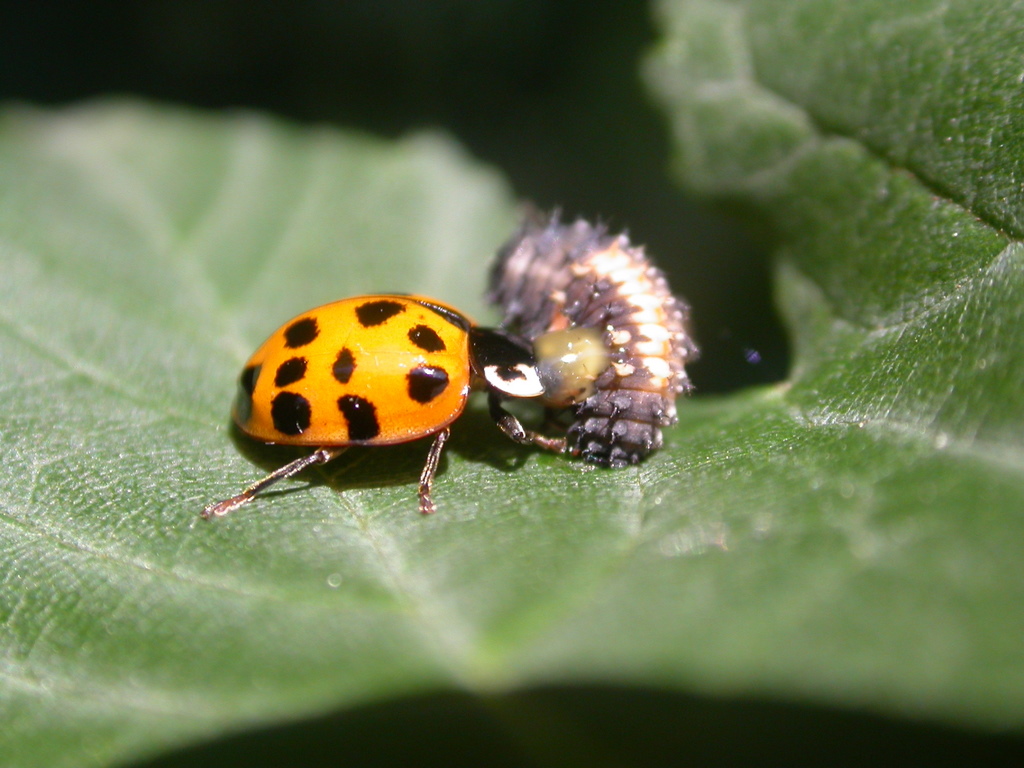
Lady beetles produce their notorious smell through a process called reflex bleeding, where they release a yellow, orange, or red fluid from their leg joints when they feel threatened. This fluid contains alkaloids, particularly 2-isopropyl-3-methoxypyrazine and coccinelline, which create that distinctive musty, bitter smell that can linger for hours.
The chemical composition of this defensive secretion varies between species, but all varieties share that unmistakable pungent quality. Think of it as nature’s version of pepper spray – designed to make predators think twice about making a meal out of these colorful insects. The smell can be so potent that even a small cluster of lady beetles can fill an entire room with their defensive aroma.
Why Lady Beetles Invade Your Home
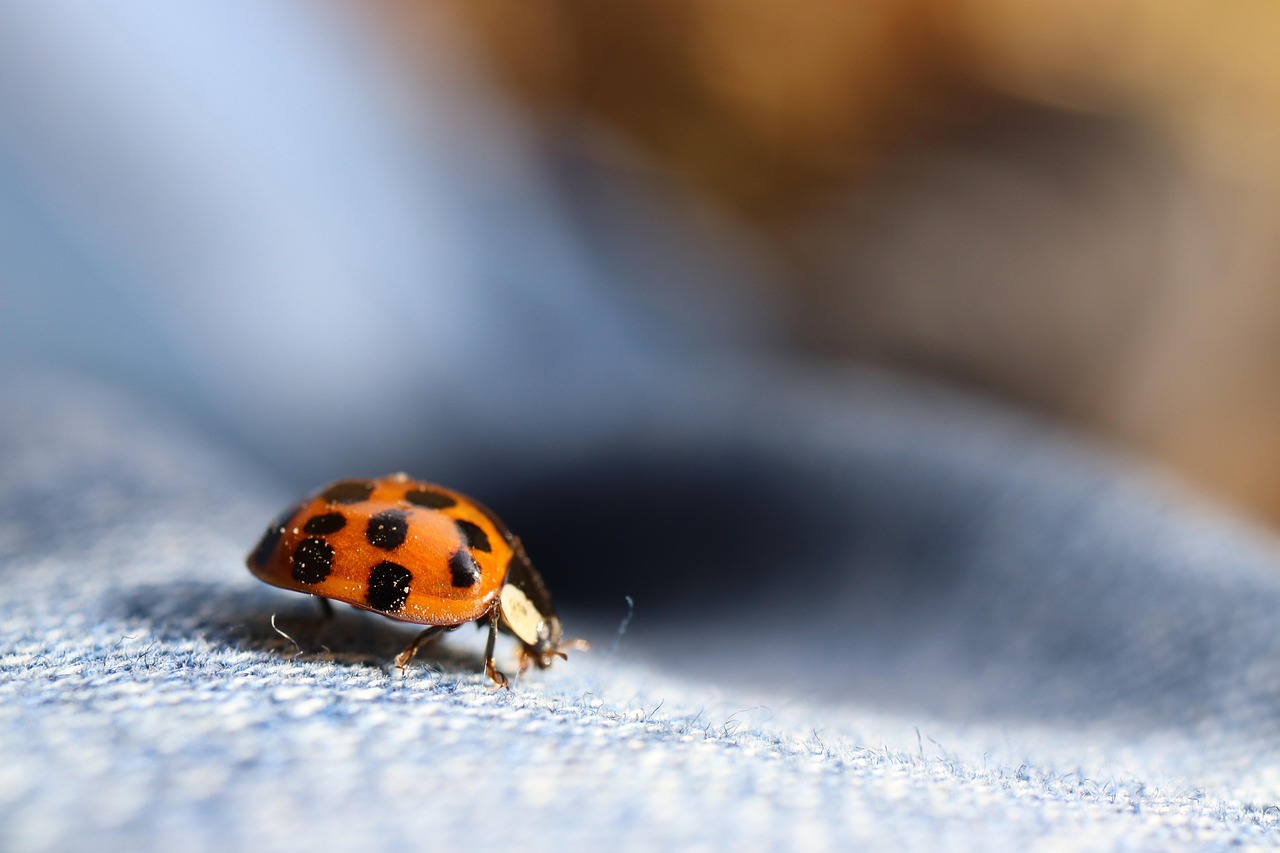
These tiny invaders aren’t trying to ruin your day – they’re simply following their survival instincts. As temperatures drop in fall, lady beetles seek out warm, protected spaces to overwinter, a process called diapause. Your home, with its cozy window frames and hidden crevices, becomes an irresistible beetle hotel.
The Asian lady beetle, in particular, has become notorious for home invasions across North America. Unlike their native cousins who typically overwinter under rocks or fallen logs, these imported beetles have adapted to use human structures as their winter retreats. They can squeeze through incredibly small gaps – think of spaces smaller than a dime – making almost any home vulnerable to their aromatic presence.
Identifying the Smelly Culprits
Not all lady beetles are created equal when it comes to home invasion and odor production. The Asian lady beetle (Harmonia axyridis) is by far the most problematic species, easily recognizable by its variable coloration ranging from pale orange to deep red, often with multiple black spots. These beetles also sport a distinctive “M” or “W” shaped marking on their white head region.
Native lady beetles, while still capable of producing defensive odors, are generally less aggressive about invading homes and tend to produce milder scents. The convergent lady beetle and the seven-spotted lady beetle are common native species that might occasionally wander indoors but rarely in the overwhelming numbers that characterize Asian lady beetle invasions.
The Mysterious Multicolored Asian Lady Beetle
The Asian lady beetle deserves special attention as the primary offender in most smelly home invasions. Originally imported to control agricultural pests, these beetles have become a perfect example of unintended consequences in biological control. They’re incredibly successful at what they do – perhaps too successful.
What makes these beetles particularly challenging is their aggressive nature and adaptability. They can bite humans (though harmlessly), and they’re more likely to release their defensive chemicals than native species. A single beetle might not seem like much, but when hundreds or thousands congregate in your window frames, the cumulative effect can be overwhelming.
When and Where the Invasion Begins

The great lady beetle migration typically begins in late September and continues through November, depending on your geographic location. These insects are drawn to light-colored surfaces and sunny exposures, which is why they often cluster on the south and west sides of buildings. Window frames, door frames, and siding cracks become their preferred entry points.
Once inside, they don’t just stay put – they explore, seeking out the perfect overwintering spots. Attics, wall voids, and even inside light fixtures become beetle condominiums. The warmth of your home can actually trick them into becoming active during winter warm spells, leading to mid-winter discoveries of confused, smelly beetles wandering your living spaces.
The Lingering Aftermath of Beetle Encounters
The smell from lady beetle defensive secretions isn’t just unpleasant – it’s persistent. The alkaloids in their defensive fluid can stain surfaces yellow or orange, and the odor can linger for days or even weeks in enclosed spaces. Vacuum cleaners used to remove beetles can retain the smell for months, turning routine cleaning into an aromatic reminder of your beetle encounter.
Even worse, disturbing a cluster of overwintering beetles can trigger a mass defensive response, multiplying the odor exponentially. It’s like accidentally stepping on a stink bomb that keeps on giving. The smell can permeate fabrics, carpets, and even wooden surfaces, creating a lasting memorial to your uninvited guests.
Health Implications and Allergic Reactions
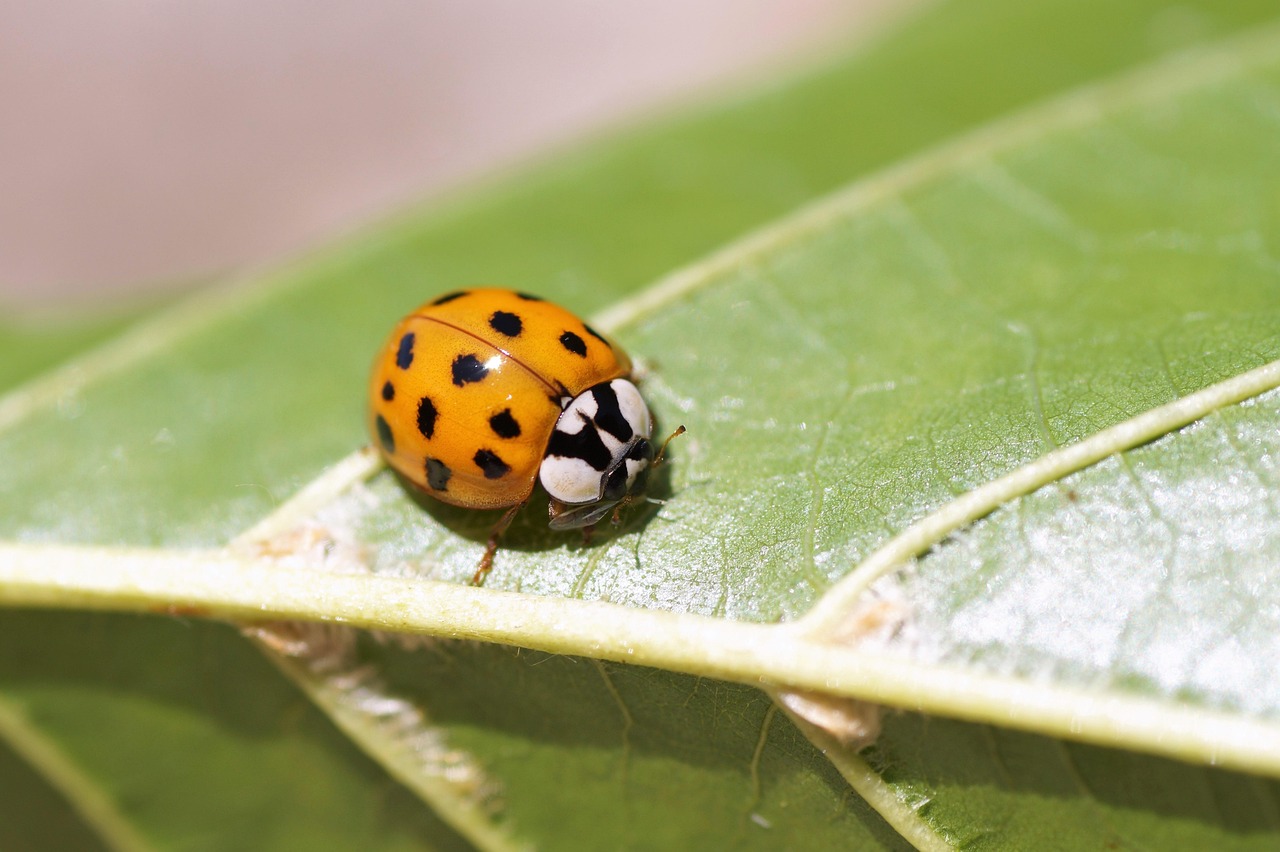
While lady beetles aren’t dangerous, their defensive secretions can cause problems for sensitive individuals. The alkaloids in their hemolymph can trigger allergic reactions in some people, causing symptoms ranging from mild skin irritation to more serious respiratory issues. People with asthma or other respiratory conditions may find their symptoms worsened by exposure to beetle odors.
The phenomenon known as “ladybug syndrome” has been documented in areas with heavy Asian lady beetle populations. Symptoms can include conjunctivitis, rhinitis, and even asthma-like reactions. While these reactions are generally not life-threatening, they can make living with a beetle invasion particularly miserable for affected individuals.
Prevention Strategies That Actually Work
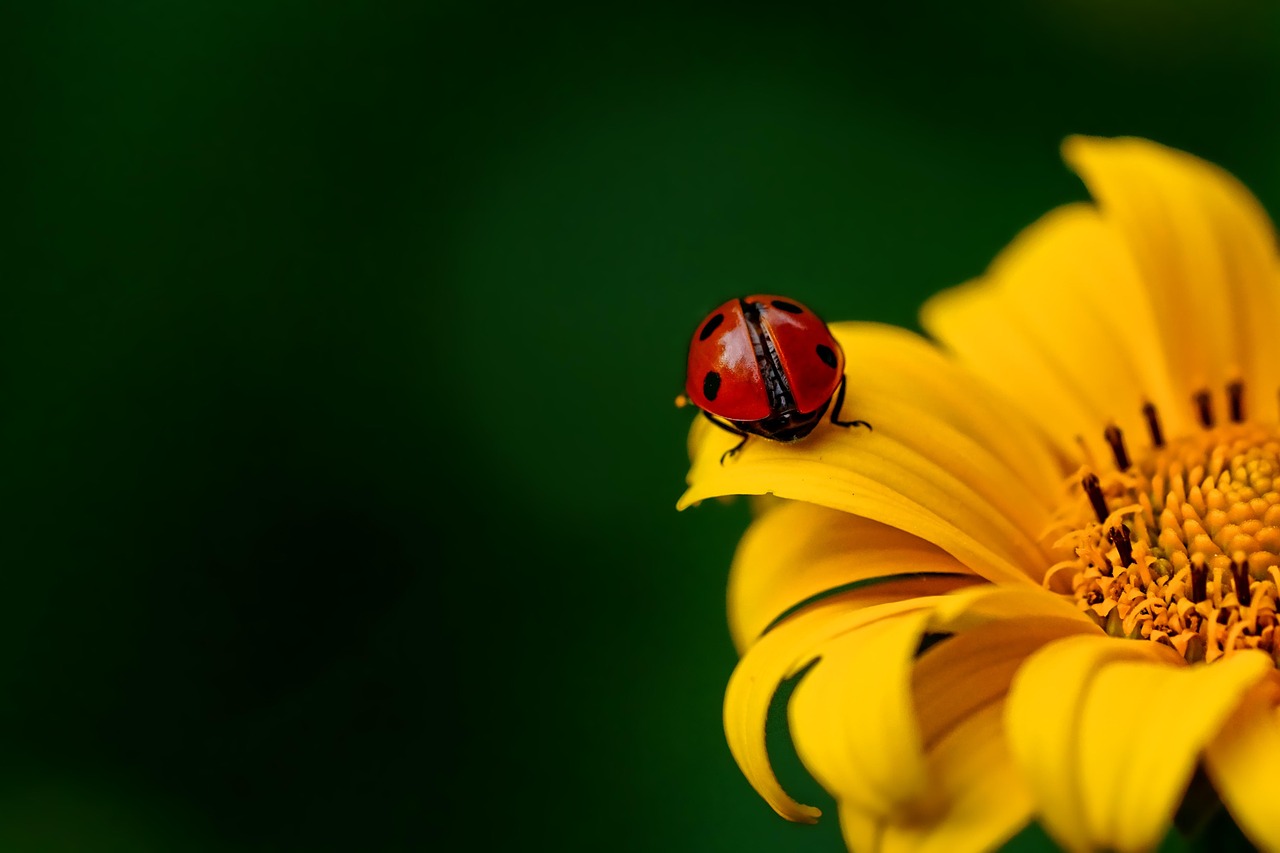
The best defense against smelly beetle invasions is prevention, and timing is everything. Late summer and early fall are crucial times to beetle-proof your home. Seal cracks around windows, doors, and foundations with caulk or weatherstripping. Pay special attention to areas where different materials meet, as these junction points often create the perfect beetle-sized gaps.
Light-colored homes are particularly attractive to lady beetles, so consider using darker-colored caulk around entry points. Installing fine mesh screens over attic vents and ensuring window screens are in good repair can also help. Remember, you’re not just keeping out beetles – you’re preventing the aromatic consequences of their presence.
Safe Removal Techniques
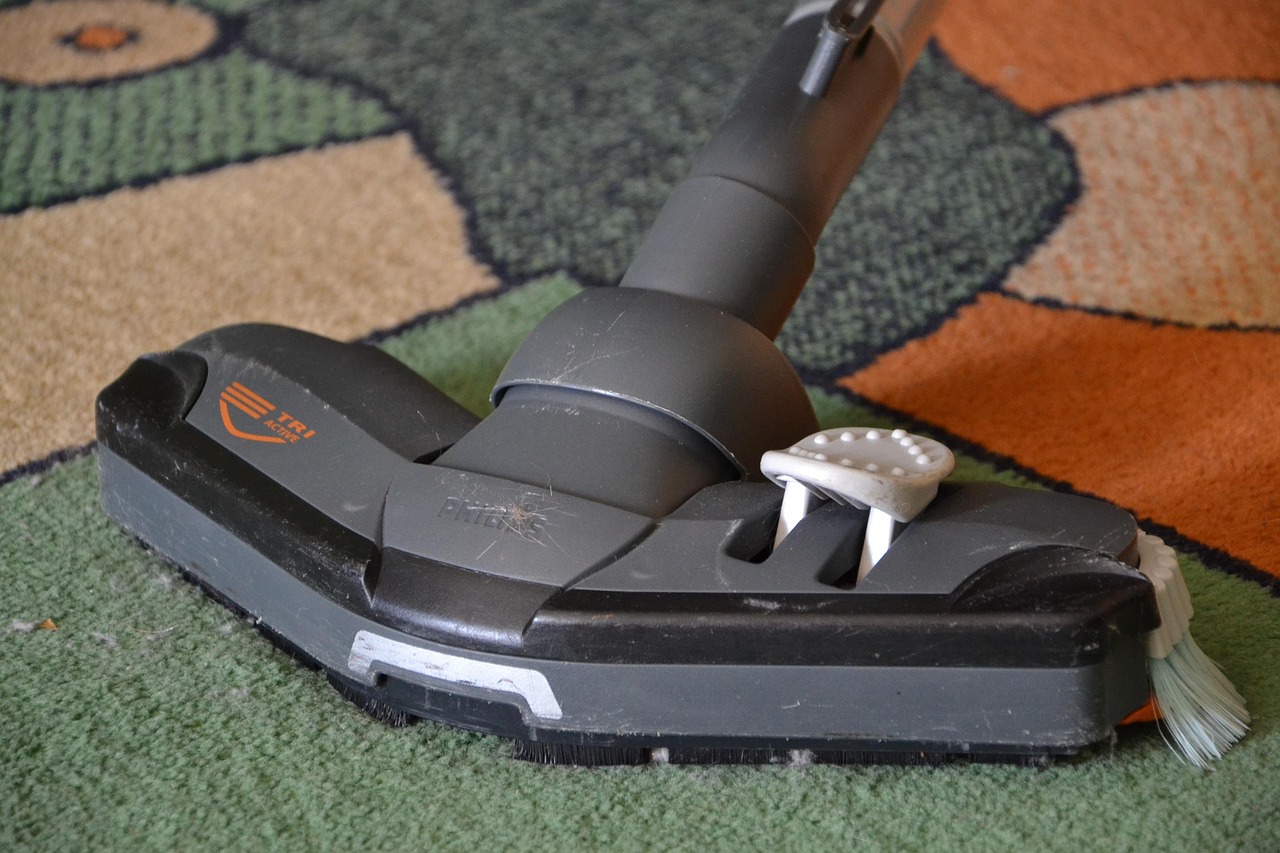
When prevention fails and you discover beetle clusters, removal requires a delicate touch to minimize odor release. A shop vacuum with a disposable bag is your best friend – it allows you to remove beetles without directly handling them and triggering their defensive response. However, be prepared for your vacuum to smell like beetles for quite some time afterward.
Never use a regular household vacuum for beetle removal unless you’re prepared to potentially ruin it with persistent odors. Some homeowners dedicate an old vacuum specifically for beetle removal, treating it as a seasonal tool. Alternatively, a dustpan and brush can work for smaller numbers, though this method requires more care to avoid startling the beetles into releasing their defensive chemicals.
Natural Deterrents and Repellents
Several natural substances can help deter lady beetles without resorting to pesticides. Diatomaceous earth, sprinkled around potential entry points, creates a barrier that beetles prefer to avoid. Essential oils like peppermint, eucalyptus, or citrus can also serve as deterrents, though their effectiveness varies and they require regular reapplication.
Some homeowners swear by bay leaves placed in areas where beetles tend to cluster. The strong scent seems to discourage beetle aggregation, though the scientific evidence for this method is largely anecdotal. Light traps can also be effective, taking advantage of the beetles’ attraction to light sources to capture them before they settle in for the winter.
Professional Pest Control Options
When beetle invasions become overwhelming, professional pest control services can provide more comprehensive solutions. Professional treatments typically involve applying residual insecticides to exterior surfaces where beetles congregate, creating a barrier that prevents them from entering your home. These treatments are most effective when applied in late summer before the beetles begin seeking overwintering sites.
However, professional treatments come with their own considerations. The timing must be precise, and the treatments may need to be repeated annually. Additionally, some homeowners prefer to avoid pesticide use entirely, especially around areas where beneficial insects might be affected. The key is finding a balance between effective control and environmental responsibility.
The Ecological Role of Lady Beetles
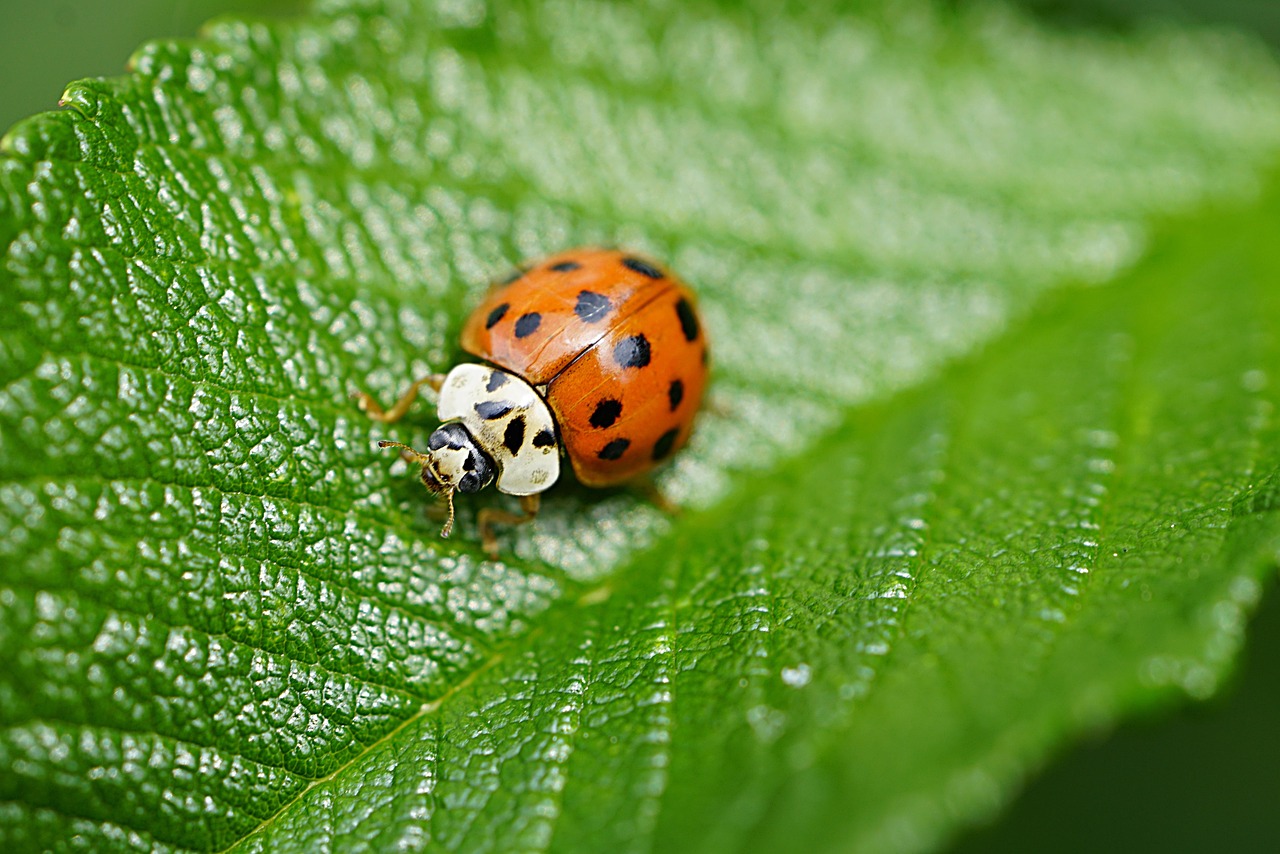
Despite their aromatic inconvenience, lady beetles play a crucial role in ecosystem balance. A single lady beetle can consume up to 5,000 aphids during its lifetime, making them invaluable allies in gardens and agricultural settings. They’re nature’s pest control specialists, keeping harmful insect populations in check without the need for chemical interventions.
The problem arises when these beneficial insects become too successful in human-dominated environments. The Asian lady beetle’s aggressive nature and adaptability have made it a dominant species in many areas, sometimes outcompeting native lady beetles. This success story in biological control has become a cautionary tale about the unpredictable nature of introducing non-native species.
Understanding Beetle Behavior and Seasonal Patterns

Lady beetles exhibit fascinating behavioral patterns that can help predict and manage their invasions. They use pheromones to communicate with each other, which explains why they often congregate in the same locations year after year. Once a site has been marked as a successful overwintering location, it becomes a beetle magnet for seasons to come.
Temperature fluctuations during winter can trigger unexpected beetle activity. Warm winter days can fool overwintering beetles into thinking spring has arrived, leading to mid-winter appearances in your living spaces. Understanding these patterns can help you anticipate and prepare for beetle encounters throughout the season.
These tiny creatures also demonstrate remarkable navigational abilities, using visual landmarks and chemical cues to return to successful overwintering sites. This homing behavior means that once your home has been identified as beetle-friendly, you’re likely to see repeat visits unless you take active prevention measures.
The mystery of that strange smell in your window frame has been solved, but the story doesn’t end there. Lady beetles will continue to be both garden heroes and household headaches, their defensive chemistry serving as a reminder that even the smallest creatures can have the biggest impact on our daily lives. Understanding their behavior, respecting their ecological role, and taking proactive prevention measures can help you coexist with these colorful invaders without surrendering your home to their aromatic presence. The next time you catch that distinctive beetle scent, you’ll know exactly what you’re dealing with – and more importantly, what to do about it.

